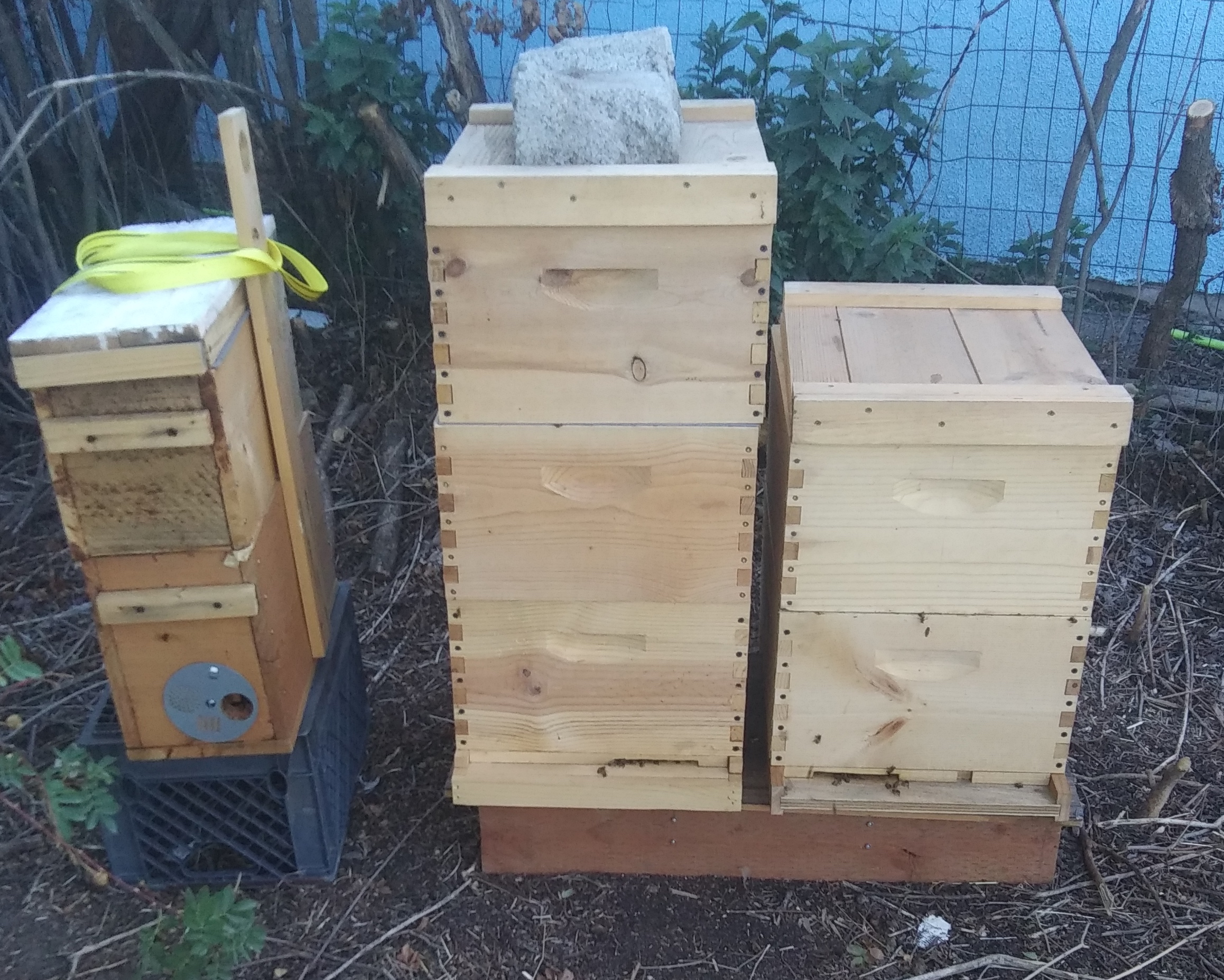https://www.fs.fed.us/wildflowers/pollinators/BMPs/index.shtml
If you go to this page you can download the PDF Pollinator Friendly Best Management Practices for Federal Lands. On page 19 you can see that cutting roadside vegetation promotes the growth of flowers that provide habitat for native pollinators AND reduces the fuel load AND makes the road a better fire break AND makes driving conditions safer on the road. Win x4!
https://www.youtube.com/watch?v=uzzFMpbeM_o
This video by a Kenyan beekeeper explains his 7 reasons for beekeeping.
https://www.youtube.com/watch?v=hGhyZRY2KFc
This beautifully filmed and fascinating video brings you into the world of The Solitary Bees, introducing some of the many pollinators that are not honeybees.
Honeybee research - a fascinating video
https://www.youtube.com/watch?v=CidaOP7PA-o
This video, The Great Death of Insects, tells the story of the disappearance of insects and birds from our fields, farms, and cities.
https://www.youtube.com/watch?v=UaNSByf4sLA
This video, Bayer and the Bees, shows that neonicotinoids are killing pollinators.
https://www.youtube.com/watch?v=VSYgDssQUtA
This short video explains the difference between honeybees and pollinators.
We keep bees for pollinator research and for honey/beeswax production and crop pollination. In 2021 in Baker City we saw declines in all pollinators: bumblebees, bats, hummingbirds, native bees, etc. Seeding roadsides with forbs (flowering plants) will help bring back pollinators. Shown below are two Langstroth hives (right) and our five frame two story nucleus (left) which can be hung on a tree in the forest for research—and release bees to the wild.
